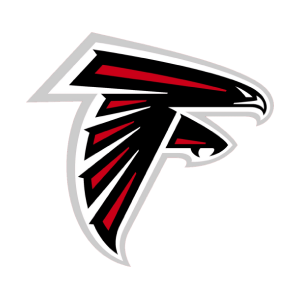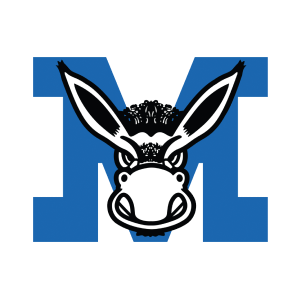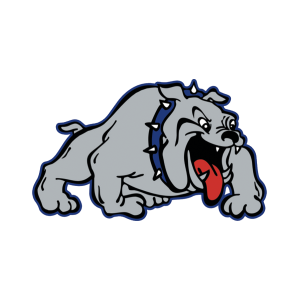Valuable information from Section VIII’s Official Partner in Health Education
Beat the Heat: Essential Heat Safety Tips for Football Practice
With August comes not only the end of summer, but also the beginning of football season. Training camp for football during the heat of summer brings with it the risk of heat related illness. The best way to deal with heat illness is to take precautions to prevent it from occurring in the first place.
The best way to avoid the risk of athletes developing heat illness is to avoid activity when it is most hot and humid. Schedule practices early in the morning or in the evening. Do not practice in the middle of the day when it is most hot. The New York State Public High School Athletic Association has also implemented policies based upon the Heat Index. 
There are also steps that the individual athlete can take to mitigate the risk of developing heat related illness.
- One way to lower the chance of heat illness is to prepare for the season in advance through training. Do not wait until training camp to “get in shape”.
- Gradually become acclimatized to activity in the heat. Do not let that first football practice in August be your first exposure. Studies recommend 7 to 14 days of gradual heat exposure with progressively increasing physical activity to become acclimatized. Poor physical fitness and obesity are also risk factors for heat illness.
- Once training camp starts there are also steps that can be taken to reduce the risk of heat illness. One correctable risk factor for heat illness is hypohydration. Do not start a workout or practice dehydrated or under hydrated. If you wait to hydrate until you are thirsty then you have waited too long. Urine color is a good way to monitor hydration status. Light colored and clear urine indicates a good level of hydration. Dark urine indicates the need for more hydration.
- Water is the best fluid to use for hydration. It should be cool but not cold to help avoid stomach cramps. Sports drinks are popular but may contain higher levels of sugar which could be problematic. Fruits such as oranges also contain a high amount of water so consuming these may also be helpful.
- There are also fluids to avoid that can exacerbate dehydration. Soft drinks or juices are higher in sugars and lower in electrolytes such as sodium so they should be avoided. Caffeine is a diuretic which means it will cause you to urinate more which can make one even more dehydrated.
Once practice starts, there are signs to look for in athletes who may be suffering from heat illness. The first thing is for the coaches and trainers to be aware of those athletes who are at increased risk of developing heat illness. These include the obese, those with sickle cell trait, and those who had a previous episode of heat related illness. Special attention should be given to those student athletes regarding hydration status.
Heat Cramps: This is the development of muscle cramps in the legs or stomach that occur due to salt loss from sweating. Initial treatment is to remove from the practice or competition and cool down. Gentle stretching and rehydration with an electrolyte replacement such as a sports drink are recommended. Another treatment that has gained traction in recent years is to drink 2 ounces of pickle juice. Studies thus far have been supportive of its benefit in treating heat cramps.
Heat Exhaustion: will present with a student athlete showing difficulty participating in further exercise. There will be profuse sweating, weakness, muscle cramping and lightheadedness. Their core body temperature will be elevated, but they will not show signs of confusion or delirium as one would see with heat stroke. Student athletes showing signs of heat exhaustion should be immediately removed from activity to a shaded or air-conditioned area. Excess equipment and clothing are to be removed and immediate cooling with cool water sprays or cool bath should be initiated. Rehydration with chilled water or sports drink is recommended as long as they are not nauseated or with alteration in mental status. A low threshold to transport to a hospital should be followed if there is not a quick resolution of symptoms.
Heat stroke: is a medical emergency. This is a life-threatening condition. Immediate action is required. A call to 911 should be made immediately. Signs of heat stroke are signs of confusion or loss of consciousness. This is what differentiates heat stroke from heat exhaustion. The athlete may exhibit hot, dry skin as opposed to sweating. Pulse rate will be elevated. Breathing may be rapid and shallow. While waiting for EMS the athlete should be cooled immediately. Clothing should be removed and the athlete should be placed in a cool bath, use fans, use air conditioning, or apply ice packs to neck, wrist, ankles and armpits. The goal here is to lower the core body temperature quickly to avoid further complications and possible death. Time is truly of the essence in this situation.
By following good practices of acclimating and getting in shape before training camp, hydrating properly, and taking appropriate precautions on days of high heat index, most athletes can avoid complications of heat illness. However, it is important to recognize the first signs of heat illness and initiate appropriate emergency interventions if necessary.



































































